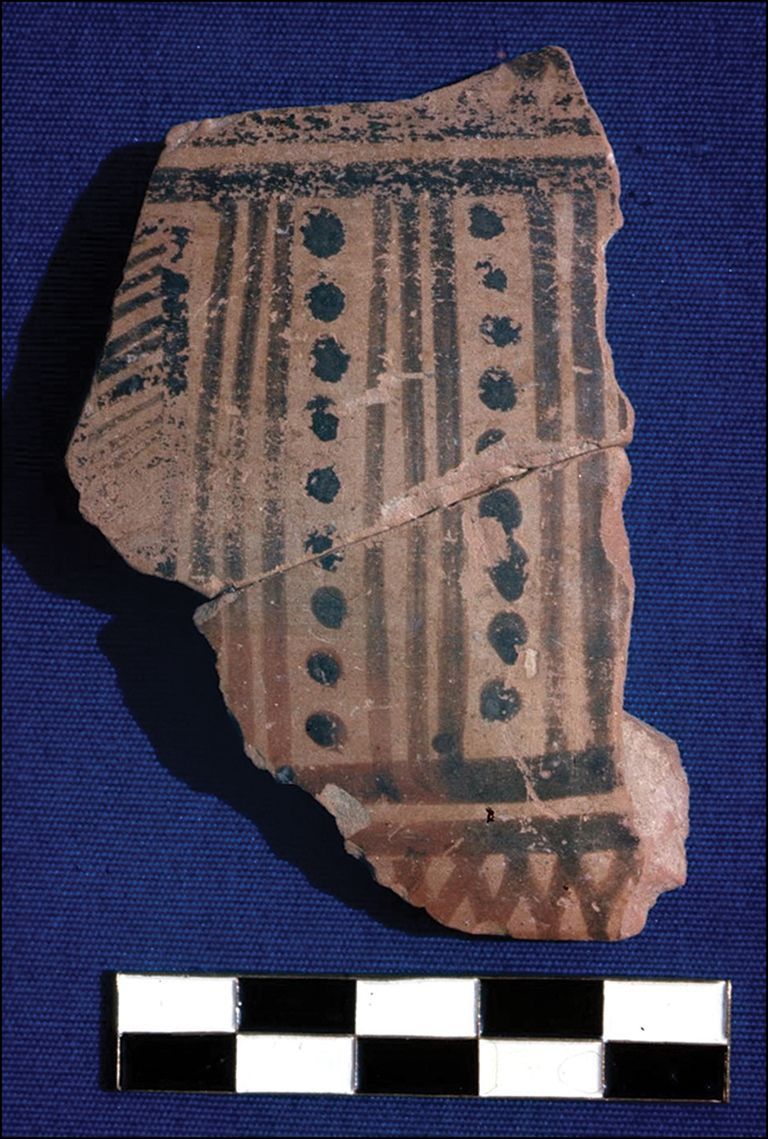NEW: “Bog bodies” were part of a tradition in Europe that spanned millennia. People were buried in bogs from the prehistoric period until early modern times and when a cause of death could be determined, most met a violent end.
An #AntiquityThread 🧵 1/16
An #AntiquityThread 🧵 1/16

Several European bog bodies are famous for being very well-preserved, such as Lindow Man (🇬🇧), Tollund Man (🇩🇰) or Yde Girl (🇳🇱). They offer a snapshot of life in the distant past but these well-preserved bodies are only a fraction of what has been found. 3/16
📷: Tollund man
📷: Tollund man

🗨️ “Literally thousands of people have met their end in bogs, only to be found again ages later during peat cutting,” said Doctor @Roy_van_Beek, from @WUR, “The well-preserved examples only tell a small part of this far larger story.” 4/16
@Roy_van_Beek @WUR 🔍 As such, Doctor van Beek and a team of Dutch, Swedish, and Estonian researchers set out to study the hundreds of bog bodies found in Europe. They analysed over 1000 individuals from 266 sites across the continent. 5/16
📷: Distribution of remains studied
📷: Distribution of remains studied

@Roy_van_Beek @WUR These bog bodies can be divided into three main categories:
👤The famous bog mummies
💀 Bog skeletons
🦴 The partial remains of either 6/16
📷: Examples of different kinds of bog body
👤The famous bog mummies
💀 Bog skeletons
🦴 The partial remains of either 6/16
📷: Examples of different kinds of bog body

@Roy_van_Beek @WUR These are mainly the result of varying preservation conditions: some bogs better preserve tissue and others better preserve. As such, the distribution does not tell us much and focusing on one kind gives an incomplete picture. 7/16
📷: Distribution of different kinds of bog body
📷: Distribution of different kinds of bog body

@Roy_van_Beek @WUR 🗨️ “The new study shows that the heavy emphasis of past archaeological research on a small group of spectacular bog mummies has distorted our views,” said Doctor van Beek, “All three categories yield precious information, and by combining them a whole new picture emerges.” 8/16
@Roy_van_Beek @WUR 📅 This reveals bog bodies are a millennia-long tradition. The phenomenon starts in Scandanavia in the Neolithic, ~5000 BC, and spreads over Northern Europe. The youngest finds show the tradition continued into early modern times. 9/16
📷: Rabivere (🇪🇪) from the 17-18th c. AD
📷: Rabivere (🇪🇪) from the 17-18th c. AD

@Roy_van_Beek @WUR Where a cause of death could be found, most had a violent end. These are often viewed as ritual sacrifices, executed criminals, or victims of violence but written sources suggest there were many accidental deaths and suicides in bogs 10/16
📷: Porsmose man (🇩🇰) met a violent end
📷: Porsmose man (🇩🇰) met a violent end

@Roy_van_Beek @WUR 🗨️ “This shows that we should not look for a single explanation for all finds,” said Doctor van Beek, “accidental deaths and suicides may also have been more common in earlier periods.” 11/16
@Roy_van_Beek @WUR 🔥 The team also discovered that there were hotspots for bog bodies: wetlands where the remains of multiple people have been found. In some cases, these finds reflect a single act such as the mass burial of battle dead. 12/16
📷: Alken Enge (🇩🇰) where >300 individuals were found
📷: Alken Enge (🇩🇰) where >300 individuals were found

@Roy_van_Beek @WUR ⚔️ Other bogs were used time and again and the human remains were accompanied by a wide range of other objects that are interpreted as ritual offerings, ranging from animal bones to bronze weapons or ornaments. 13/16
@Roy_van_Beek @WUR Such bogs are interpreted as cult places, that must have taken a central place in the belief system of local communities. Another remarkable category is ‘war-booty sites’, where large quantities of weapons are found alongside human remains. 14/16
@Roy_van_Beek @WUR 🗨️ “All in all, the fascinating new picture that emerges is one of an age-old, diverse and complex phenomenon, that tells multiple stories about major human themes like violence, religion and tragic losses,” said Doctor van Beek. 15/16
@Roy_van_Beek @WUR Check out the full paper FREE:
Bogs, bones and bodies: the deposition of human remains in northern European mires (9000 BC–AD 1900) - @Roy_van_Beek, Cindy Quik, @Bergerbrant, @FJHuisman & Pikne Kama
buff.ly/3YipafG
16/16
🧵
Bogs, bones and bodies: the deposition of human remains in northern European mires (9000 BC–AD 1900) - @Roy_van_Beek, Cindy Quik, @Bergerbrant, @FJHuisman & Pikne Kama
buff.ly/3YipafG
16/16
🧵

• • •
Missing some Tweet in this thread? You can try to
force a refresh




















